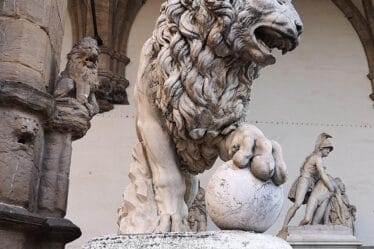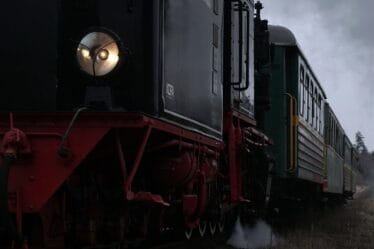

In 1266, Pope Clement IV, born Guy le Gros Foulquois and later Italianized as Guido il Gran Fulcodi, bestowed a significant honor upon the Guelph faction of Florence. This papal approval marked a turning point in Florentine history, intertwining religious authority with political allegiance.
The Battle of Benevento and the Guelph Contribution
The recognition stemmed from the decisive participation of the Florentine Guelph cavalry in the Battle of Benevento on February 26, 1266. This pivotal clash saw the forces of Carlo I d’Angiò triumph over the Hohenstaufen dynasty, securing the Angevin claim to the Kingdom of Sicily. In gratitude for their unwavering support, Pope Clement IV authorized the consuls of the Knights of Florence to adopt a unique heraldic coat of arms.
The Guelph Coat of Arms: Symbolism and Design
The Guelph coat of arms granted by the Pope is a striking emblem featuring a silver field with a red dragon’s eagle. This heraldic design symbolizes both strength and loyalty, reflecting the Guelphs’ dedication to the papal cause and their role in shaping the political landscape of medieval Italy.
The Papal Coat of Arms of Clement IV
Pope Clement IV’s papal coat of arms offers a rich tapestry of symbolic elements:
- The Papal Tiara: Comprising three crowns, the tiara represents the Pope’s multifaceted authority as the “Supreme Shepherd,” “Supreme Master,” and “Supreme Priest.”
- The Keys of Heaven:
- The golden key (facing left) signifies divine power in the heavens.
- The silver key (facing right) symbolizes the Pope’s spiritual authority on earth.
- The Binding Cord: A rope unites the two keys, symbolizing the inseparable bond between spiritual and temporal powers.
Historical and Value of this Symbolism
Understanding the Guelph coat of arms and its papal connection sheds light on the intricate relationships between religion and politics during the Middle Ages. For those exploring Florence’s rich history, this heraldic emblem serves as a testament to the city’s pivotal role in shaping European power dynamics.



